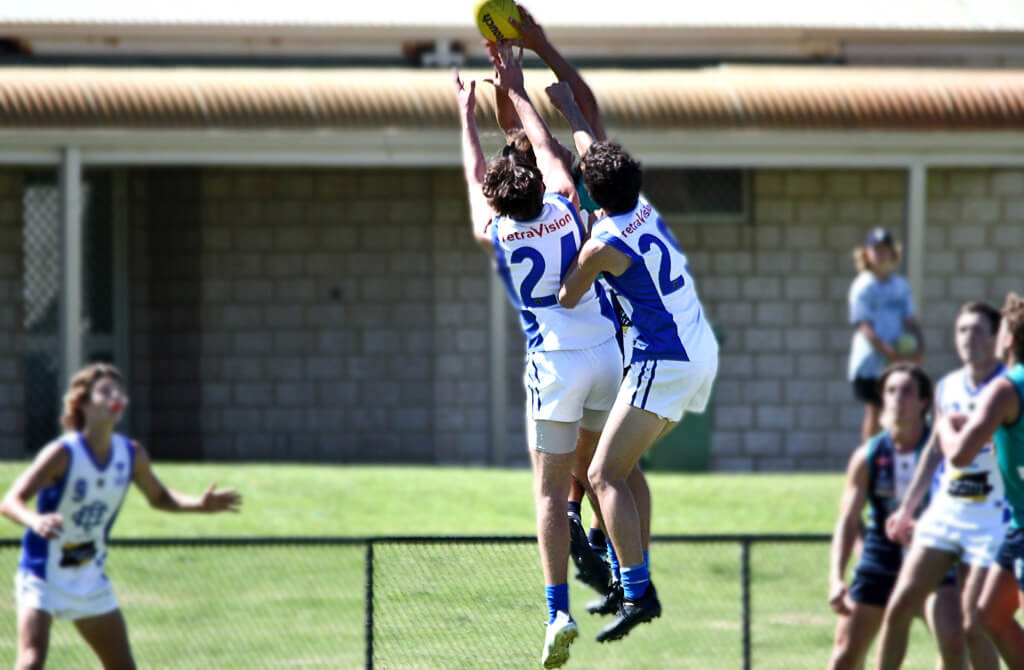Groin pain is a common complaint in athletes (professional and recreational), young children and the everyday population. It’s especially prominent in those who playing pivoting, kicking, jumping and sprinting sports such as football, AFL and basketball.
It’s more common in males, most likely due to anatomy, sports played and ability to produce more powerful muscle contractions. Often groin pain in women is hip related, runners with poor bone health or post-partum.
The groin muscle anatomy is highly complicated and the fundamental cause of pain is thought to be tissue overload. In this case the structures attaching to the groin and pelvis are chronically overloaded through poor biomechanics, high training loads and inadequate rest. In addition to these chronic issues, acute injuries do occur and usually involve a tear of a muscle or tendon within the groin region.
What structures are commonly injured?
Adductor related pain (groin muscles and tendons)
- From excessive force on the adductor muscles/tendons causing an acute tear
- Prolonged overload of tissues resulting in a tendinopathy
- Loss of strength and power
- Pain on squeezing knees together (adduction)
- Usually managed with physiotherapy
- Acutely aggravated with stretching
Pubic bone pain
- Chronic overload of the structures attaching to the pubic bone which causes bone stress and bony oedema on the pelvis
- Often found in athletes with high training loads
- Very common in elite junior soccer players
- Generally managed with load modification, physiotherapy and re-training of biomechanics
Abdominal wall issues (hernia)
- Structures which make up the abdominal wall can also cause groin pain
- This usually occurs through chronic overload and a gradual pain progression
- Most common type is a ‘sports hernia’ where there is a tear of the oblique abdominal muscles usually through repetitive kicking.
- Pain is aggravated by coughing and exercise
- Often management is surgical
Hip flexor related pain
- Running and kicking sports (due to the explosive nature of movement) often cause a tear or strain to the hip flexor muscles in the front of the hip
- Presents with a difficulty to lift the leg in standing, pain with resisted hip flexion and pain on hip flexor stretches
- Usually managed with physiotherapy
Referred pain from hip
- Labral tears
- Osteoarthritis
- Stress fractures of the femur
- Perthes disease
- Avascular necrosis
Referred pain from lower back and pelvis
- Lumbar disc pathology
- Pelvic instability – especially in pregnancy and post partum
How can physiotherapy help?
At NSPC our therapist are experts in the diagnosis and management of groin related issues. Our goal is to get you back to sport as soon as possible while facilitating a strong rehabilitation program and preventing further injury. We do this through:
- Advice regarding self management, pain relief and initial injury management. This includes heat vs ice, taping, NSAIDs, pain relieving movement and positions, appropriate stretches etc
- Hands on manual therapy and exercise based treatment approach
- Designing and implementing a specific rehabilitation program for your injury. This will focus on identifying risk factors that have contributed to the injury and focus on correcting them.
- Closely monitoring return to sport and load modification to prevent further injury
- Sports specific exercise program

